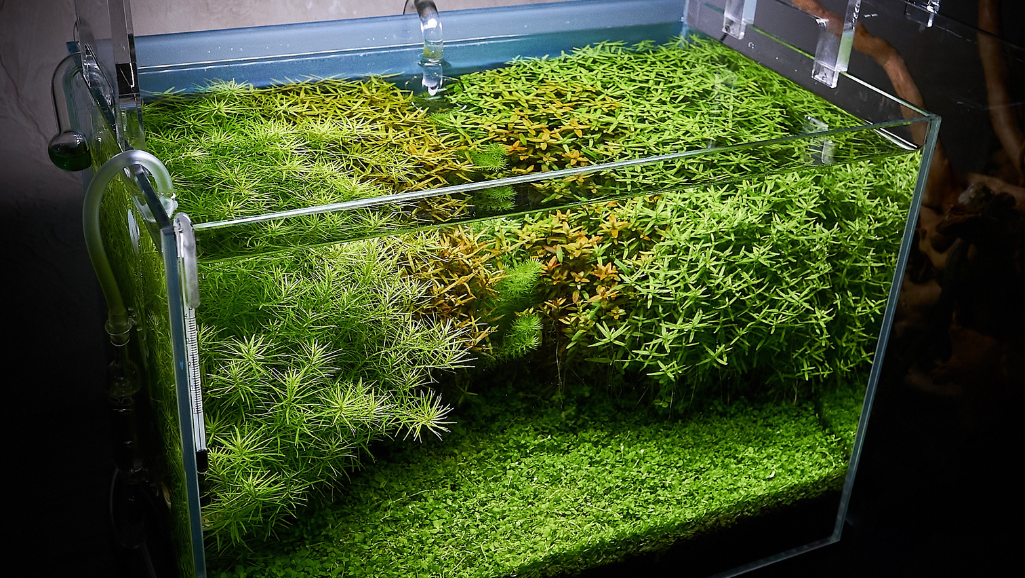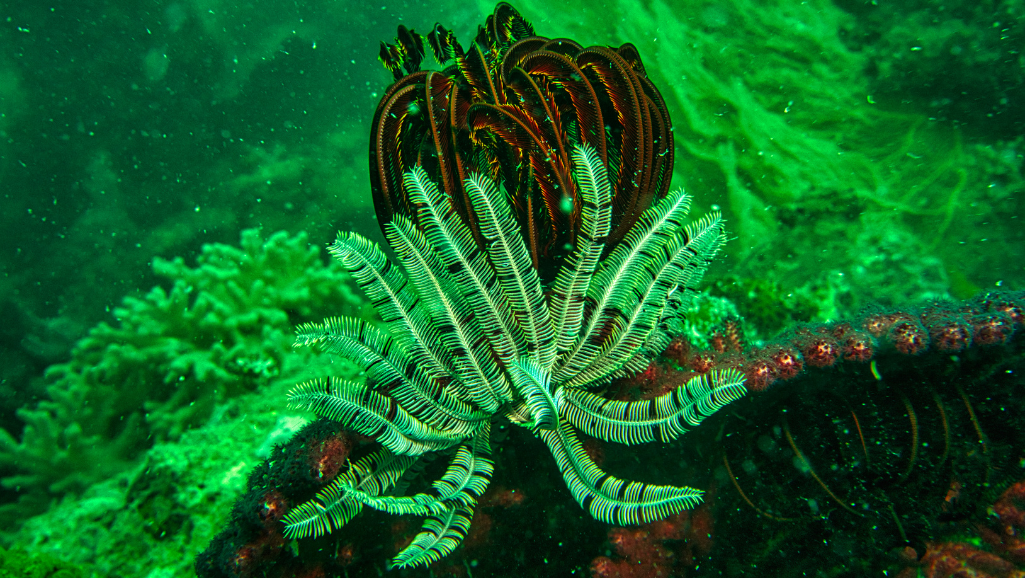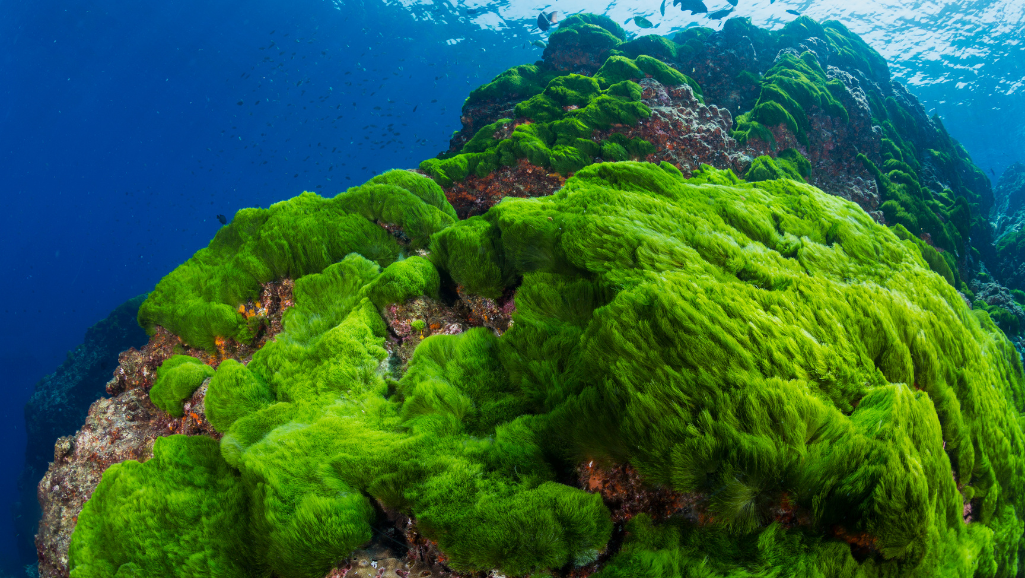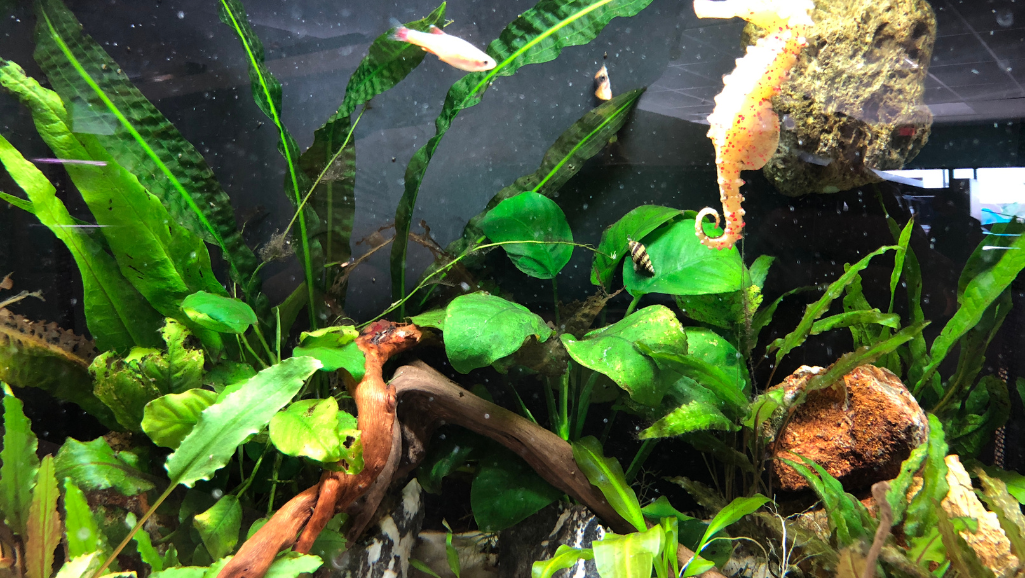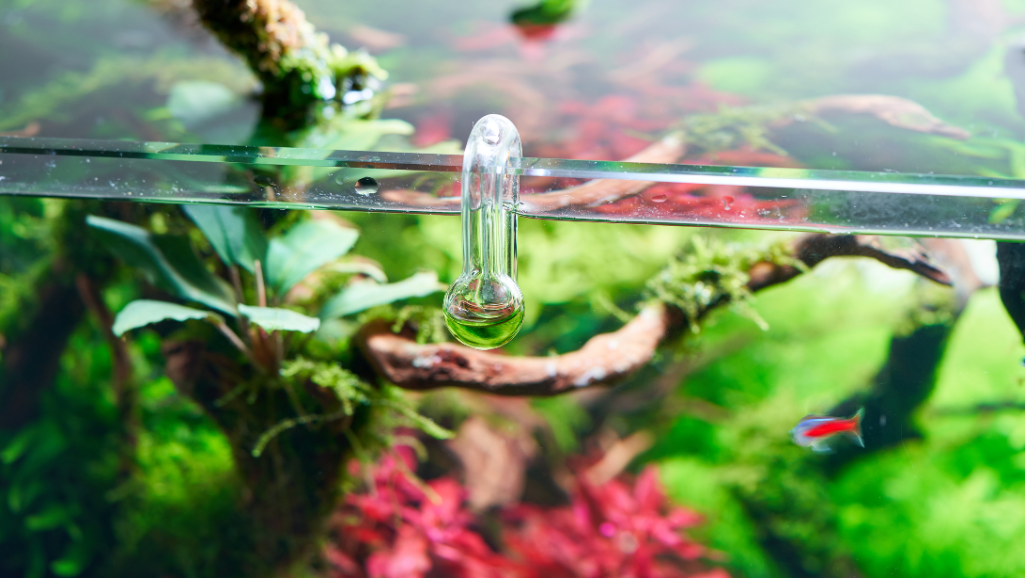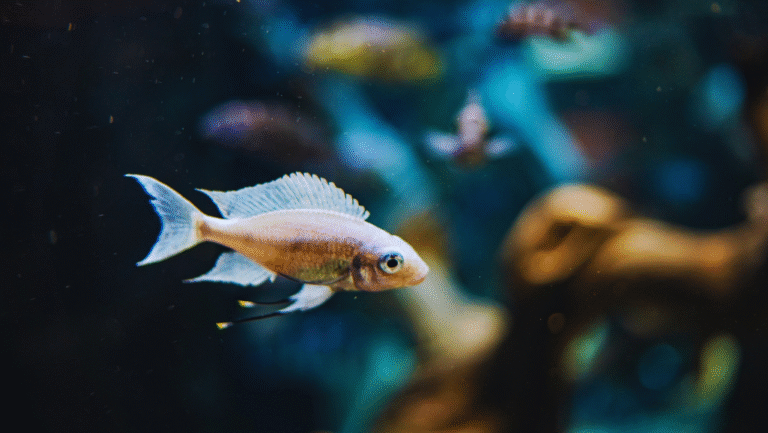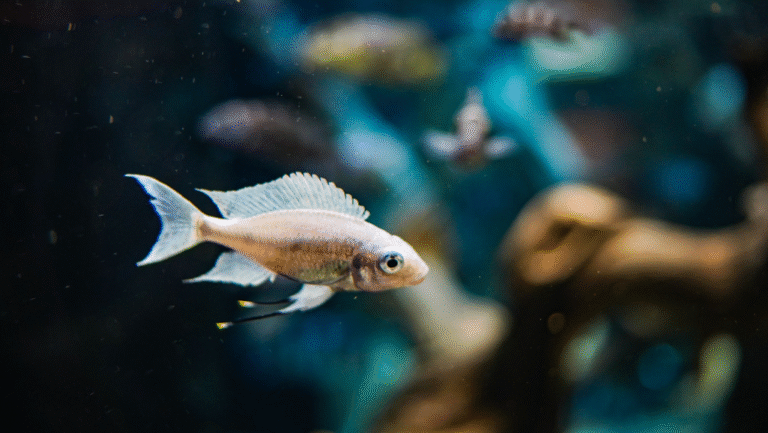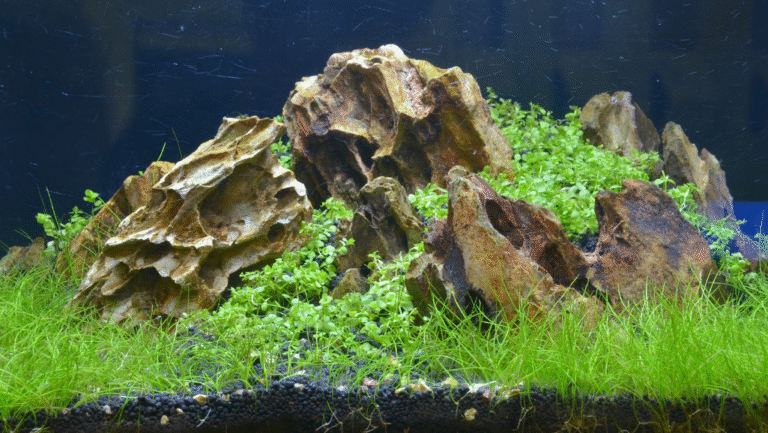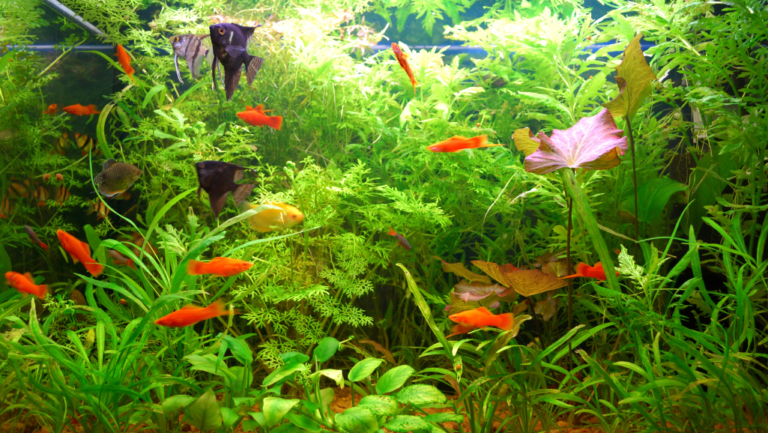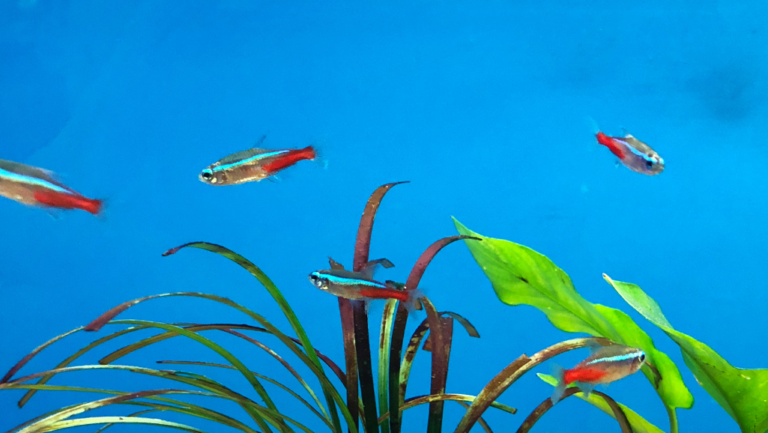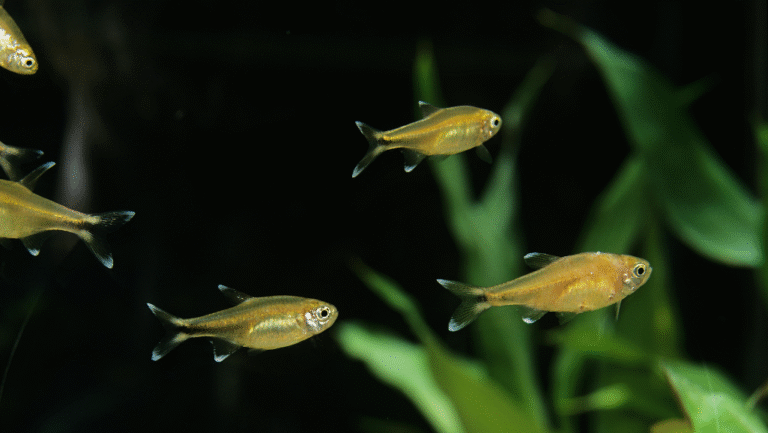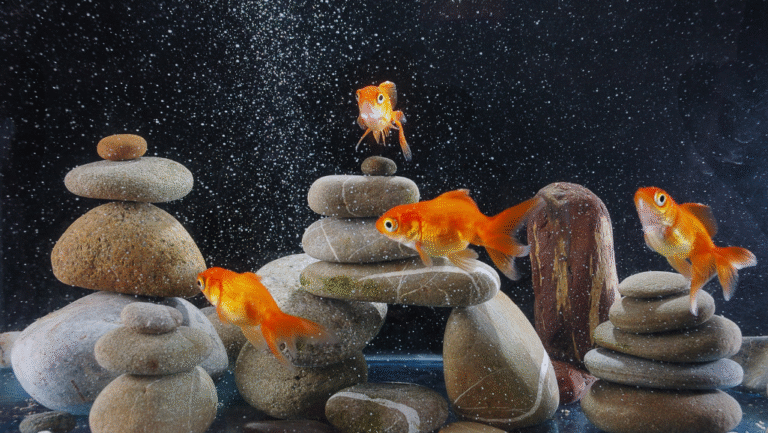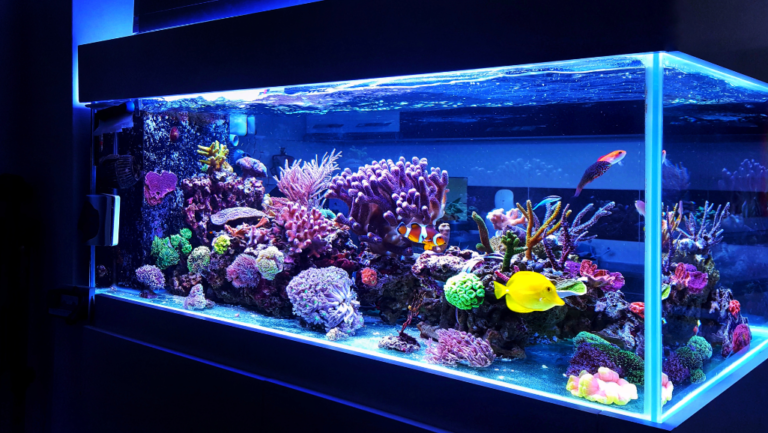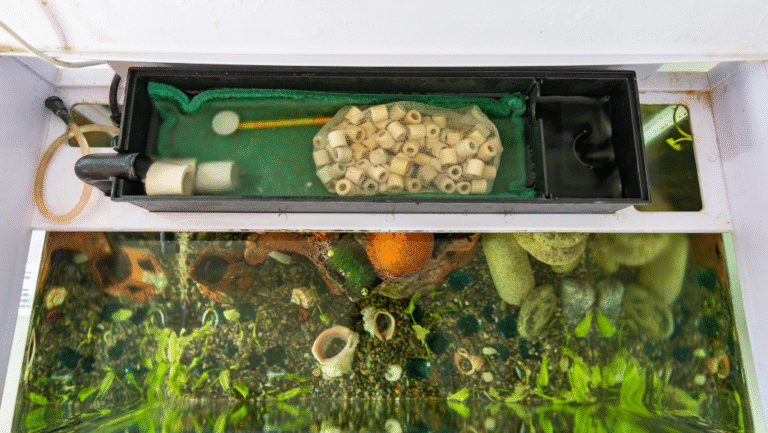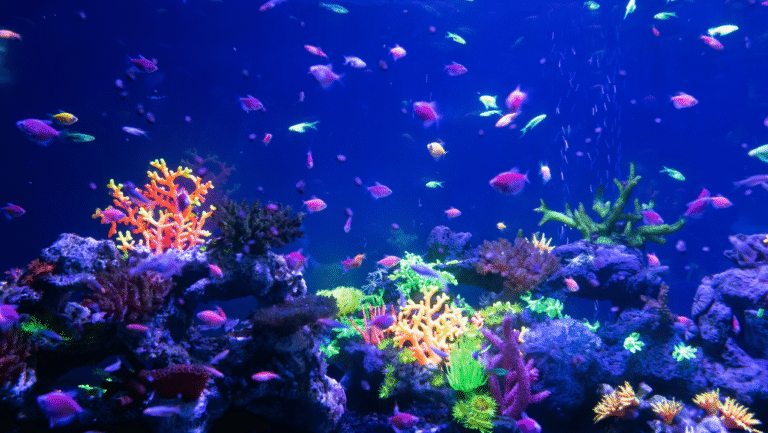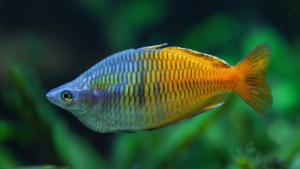Adding live plants to your aquarium can make it look better and keep your fish healthier. If you’re new to aquarium gardening, picking the right plants is key. This guide will help you find the best easy live aquarium plants for beginners. It also offers tips for taking care of them.
Live plants in your aquarium have many benefits. They help keep the water clean and make a natural home for your fish. Even if you’re new, you can have a beautiful underwater garden. We’ll show you the top plants for beginners and how to keep them looking great.
If you’re starting your first planted tank or want to grow more plants, this guide is for you. It will give you the knowledge and inspiration to create a stunning underwater world. Get ready for an exciting journey into aquatic gardening!
Key Takeaways:
- Best Aquarium Live Plants for Beginners Guide.
- Choose beginner-friendly aquarium plants for easy care and maintenance
- Consider lighting, water conditions, and placement when selecting plants
- Proper planting techniques ensure healthy growth and development
- Regular pruning, fertilization, and monitoring are essential for plant health
- Create a balanced ecosystem by cycling your tank and promoting beneficial bacteria
Why Choose Live Plants for Your Aquarium?
Adding live plants to your aquarium makes it a thriving, stunning underwater world. Live aquarium plants bring many benefits that improve your tank’s health and beauty. Let’s look at the main advantages of adding live plants to your aquatic setup.
Benefits of Live Plants
Live plants in your aquarium do more than look good. They help keep your tank balanced by taking in nutrients like nitrates and phosphates. These nutrients can harm your fish if they build up. By eating these nutrients, live plants help keep the water clean and cut down on water changes.
Enhancing Aesthetics
One big plus of live aquarium plants is how they make your tank look. With their variety of colors, textures, and shapes, they add depth and interest. They turn your tank into a natural underwater garden, making it a beautiful place for you and your fish to watch.
“Live plants are not only beautiful but also serve as a natural filter, oxygenator, and food source for your aquarium inhabitants.” – Takashi Amano, renowned aquascaper
Improving Water Quality
Live plants also help keep your aquarium water clean. They act as natural filters, taking in waste and extra nutrients. This stops harmful compounds like ammonia and nitrites from building up, which can harm your fish. By adding live plants, you make a healthier home for your fish.
Also, live plants make oxygen through photosynthesis, which boosts your tank’s oxygen levels. This helps your fish and the good bacteria that break down waste. With better water quality and oxygen, your fish will do well, and your tank will be cleaner and healthier with less upkeep.
Essential Considerations Before Choosing Plants
Starting your aquarium plant care journey requires careful thought. Knowing what different plants need helps you create a stunning underwater garden. This garden will make your aquarium more beautiful and healthy.
Light Requirements
Light is key for aquarium plants. Each plant needs a specific amount and type of light. Some, like anubias and java fern, do well in low light. Others, like Amazon swords, need brighter light to grow well.
Before picking plants, learn about their light needs. Make sure your lighting system can meet those needs. A good LED or fluorescent light can provide the right light for your plants.
Water Conditions
Water conditions are also important. Plants prefer different temperatures, pH levels, and hardness. For example, vallisneria likes harder water, while cryptocorynes prefer softer, more acidic water.
“Understanding the specific water requirements of your chosen plants is essential for their health and growth.”
Check your water’s parameters before adding new plants. Regular testing and adjustments help keep a stable environment. This is good for plant growth and health.
Space and Placement
Think about space and where to place your plants. Some, like Amazon swords, grow big and need lots of room. Others, like java moss, are smaller and can cover the bottom or create a background.
- Choose plants based on their mature size.
- Plan your layout to avoid overcrowding.
- Use different sizes and shapes to add depth and interest.
By thinking about light, water, and space, you can create a beautiful aquatic garden. This garden will add joy and peace to your home.
Top Aquarium Live Plants for Beginners
Starting your first planted aquarium? Picking the right low-maintenance aquarium plants is key. Look for plants that are easy to care for, can handle different water conditions, and don’t need much attention. Here are three great picks for beginners to create a lush underwater garden.
Anubias
Anubias plants are perfect for beginners. They grow slowly, thrive in low light, and have thick, dark green leaves. You can attach them to driftwood or rocks with fishing line or superglue. Anubias plants fight off algae well and can handle many water types, making them ideal for beginners.
Java Fern
Java Fern is another easy plant for beginners. It grows well in different light levels and doesn’t need soil to grow. You can attach it to decorations or let it float. Its unique leaves and flexibility make it a favorite among both new and seasoned aquarists.
“Java Fern is an excellent addition to any beginner’s aquarium due to its hardiness and ability to thrive in a wide range of conditions.”
Amazon Sword
The Amazon Sword plant is great for adding a centerpiece to your tank. It grows fast and has long, broad leaves that can get quite big. It needs moderate light and rich soil, but it’s easy to care for and can handle various water conditions, perfect for beginners.
When choosing plants for your beginner aquarium, go for these low-maintenance aquarium plants. Anubias, Java Fern, and Amazon Sword are all hardy and adaptable. Adding these plants to your tank will help you create a stunning and thriving underwater world.
Planting Techniques for Live Aquarium Plants
To make your aquarium thrive, learning how to plant live plants is key. You need to prepare the substrate well, know the right planting depth and spacing, and use plant anchors. These steps are vital for your plants’ health and growth.
Start by preparing the substrate before adding plants. Use a nutrient-rich substrate made for aquatic plants. Add fertilizer or root tabs to boost growth.
Planting Depth and Spacing
Focus on the depth and spacing of your plants. Most plants should have their roots buried but their crowns exposed. This helps them anchor and get the nutrients they need.
“The key to successful aquascaping lies in the artful arrangement of plants, taking into account their unique growth patterns and requirements.” – Takashi Amano, renowned aquascaper
Utilizing Plant Anchors
Plant anchors are a lifesaver for plants that have trouble staying rooted. They keep plants in place until their roots grow strong. They’re great for plants with weak roots or those that like to cling to driftwood or rocks.
By learning these planting techniques, you’ll create a stunning underwater world. It will impress every aquarium lover.
Maintaining Live Plants in an Aquarium
Keeping your aquarium plants healthy is key. With the right care, they will grow lush and vibrant. Let’s look at how to keep your live aquarium plants thriving.
Regular Pruning
Pruning is vital for aquarium plants. As they grow, they might get too big or have dead leaves. Pruning helps:
- Remove dead or decaying leaves
- Control the size and shape of your plants
- Promote healthy growth and prevent overcrowding
Use sharp, clean scissors or pruning shears to trim away unwanted growth. Make sure to remove any debris from the water after pruning to keep water quality good.
Fertilization Guidelines
Aquarium plants need nutrients to grow well. Fertilization is key for healthy growth and color. When fertilizing your plants:
- Choose a fertilizer made for aquatic plants
- Follow the manufacturer’s instructions for dosage and frequency
- Consider using both root tablets and liquid fertilizers for complete nutrition
Remember, too much fertilizer can cause algae, so find a balance and watch your plants’ response.
Monitoring Growth
Watching your aquarium plants closely is important. Look for:
- Yellowing or discoloration of leaves
- Stunted growth or lack of new growth
- Signs of pests or disease
“The best way to ensure the health of your aquarium plants is through consistent observation and care.” – Aquascaping expert, Takashi Amano
By watching your plants and fixing problems quickly, you can keep your aquarium beautiful and thriving.
Common Issues with Live Aquarium Plants
Even the most experienced aquarists can face problems with their live aquarium plants. Knowing these common issues and how to fix them is key. This helps keep your aquatic environment healthy and thriving.
Algae Overgrowth
Algae overgrowth is a common problem for aquarium owners. While some algae is normal, too much can harm your plants. To fight algae, reduce your tank’s light, do regular water changes, and add algae-eating species like Siamese algae eaters or Amano shrimp.
Nutrient Deficiencies
Aquatic plants need the right nutrients to grow well. Deficiencies can cause yellow leaves, slow growth, or even death. Use a good aquarium plant fertilizer and add root tabs for plants like Amazon swords. Also, vacuum your substrate regularly to avoid nutrient buildup.
Pests and Infestations
Plant pests can sneak into even the best aquariums. Snails, planaria, and some fish might eat your plants. To avoid pests, quarantine new plants and check your tank often for unwanted guests. If you find pests, remove them by hand and use targeted treatments.
“An ounce of prevention is worth a pound of cure when it comes to maintaining a healthy planted aquarium.”
By watching for algae, nutrient issues, and pests early, you can keep your plants healthy and colorful for a long time.
Best Lighting Options for Aquatic Plants
Choosing the right aquarium lighting is key for a healthy plant environment. Good lighting makes your aquarium look great and helps plants grow well. We’ll look at the top lighting choices for plants, like LED, fluorescent bulbs, and sunlight.
LED Lighting
LED lights are popular for being energy-saving and lasting long. They don’t get hot, which keeps your tank’s temperature stable. LEDs also come in many colors, letting you match the lighting to your plants’ needs. Think about the light’s strength, color, and tank size when picking LED lights.
Fluorescent Bulbs
Fluorescent bulbs have been a favorite for many years. They give a wide range of light that helps many plants grow. There are T5, T8, and CFL types. Choose bulbs made for plants to get the right light for photosynthesis.
The key to successful aquatic gardening lies in providing the right balance of light, nutrients, and care.
Natural Sunlight Considerations
Natural light is good for plants, but be careful. Too much sun can cause algae and temperature problems. If using sunlight, place your tank where it gets indirect light. Also, watch the water temperature to keep it right for plants and fish.
It’s important to have a set lighting schedule, no matter the type. Plants usually need 8 to 10 hours of light daily. A timer can help keep the light on for the right amount of time, helping your plants grow well.
Coexisting with Fish and Invertebrates
Creating a thriving planted aquarium means picking the right fish and invertebrates. This ensures a peaceful home for all. Let’s look at the best choices for a harmonious aquarium.
Best Fish for Planted Tanks
Choose fish that are gentle on plants and help balance your tank. Some great picks include:
- Tetras (Neon, Cardinal, Rummy-nose)
- Rasboras (Harlequin, Lambchop)
- Corydoras catfish
- Otocinclus catfish
- Dwarf gouramis
These fish are perfect for planted tanks. They don’t harm plants while swimming and eating.
Invertebrates and Plant Care
Invertebrates are great for a planted tank. They keep it clean and healthy. Some good ones are:
- Shrimp (Cherry, Amano, Ghost)
- Snails (Nerite, Mystery, Ramshorn)
They eat algae and keep plants clean. They also make your tank more interesting.
Avoiding Destructive Species
Some fish and invertebrates can harm plants. Stay away from these:
- Cichlids (Oscar, Jack Dempsey)
- Goldfish
- Silver Dollars
- Plecos (Common, Sailfin)
These can uproot plants or eat leaves. Avoiding them keeps your tank beautiful.
The key to a thriving planted aquarium is selecting compatible fish and invertebrates that contribute to the overall balance and health of the ecosystem.
By picking the right fish and invertebrates, you can make a peaceful home. This way, all your plants and creatures can thrive together.
Recognizing and Addressing Plant Stress Signs
As an aquarium enthusiast, it’s key to watch your plants closely for stress signs. Spotting and fixing these issues quickly helps keep your aquarium healthy and lively. We’ll look at common plant stress signs and how to tackle them.
Leaf Yellowing
Leaf yellowing is a clear sign of plant stress. It can be caused by not enough nutrients, wrong lighting, or poor water quality. To fix this:
- Make sure your plants get the right nutrients through proper fertilization
- Check your lighting to see if it’s right for your plants
- Keep an eye on and adjust your water’s quality
Wilting and Decay
Wilting leaves and stem decay are serious signs of plant stress. They can be due to too much algae, bad water flow, or pests. To fight wilting and decay:
- Trim off any bad leaves or stems to stop decay from spreading
- Make sure water moves well in your tank to keep oxygen levels up
- Keep your tank clean and remove extra algae
“A healthy aquarium is a balanced ecosystem where plants and fish thrive in harmony.”
Stunted Growth
Stunted growth in your plants might mean there’s a problem. It could be from not enough nutrients, bad water, or the wrong tank mates. To help plants grow well:
- Give your plants the right mix of nutrients through balanced fertilization
- Keep water stable and change it regularly
- Pick fish and invertebrates that won’t harm your plants
By spotting and fixing these stress signs, you can make your aquarium a great place for plants to thrive. This will make your aquarium healthier and more beautiful.
The Role of CO2 in Plant Growth
Carbon dioxide (CO2) is vital for aquarium plants to grow. Like plants on land, they need CO2 for photosynthesis. This process turns light into energy for growth. But, aquariums often have low CO2 levels, which can slow plant growth and cause algae.
Benefits of CO2 Injection
Many hobbyists use CO2 injection systems to boost plant growth. These systems add more CO2 to the water. This helps plants grow faster, stay healthier, and fight off algae.
- Enhanced growth rates
- Improved overall health and vitality
- Increased resistance to algae growth
- More vibrant colors and lush foliage
CO2 injection systems balance the aquarium’s ecosystem. They help plants grow well and avoid nutrient shortages or algae.
DIY CO2 Options for Beginners
Beginners can try DIY CO2 instead of buying systems. A common DIY method uses yeast and sugar to make CO2. This method is cheaper and lets new aquarists try CO2 without spending a lot.
When using DIY CO2, watch the pH levels closely. Adjust the CO2 output to keep the aquarium safe. Start slowly and keep an eye on things to make DIY CO2 work.
The addition of CO2 can truly transform the growth and appearance of aquarium plants, creating a thriving underwater garden.
Creating a Balanced Ecosystem
Creating a thriving aquarium is more than just pretty plants and colorful fish. It’s about making sure everything works well together. This means cycling your tank, growing beneficial bacteria, and using companion planting. These steps help make a stable and healthy home for your fish and plants.
The Importance of Cycling Your Tank
Before you add plants or fish, you must cycle your tank. Cycling sets up a nitrogen cycle where good bacteria turn bad ammonia into safer stuff. This takes a few weeks but is key for your tank’s health.
Beneficial Bacteria and Plant Interaction
Good bacteria are essential for a healthy tank. They live on surfaces like the substrate, filter media, and plant leaves. They clean up waste and keep the water clear.
Plants also help these bacteria thrive. They offer lots of space for bacteria to grow. Plus, plants take in nutrients, which helps control algae and keeps the water stable.
Companion Planting Techniques
Companion planting means placing plants together for a balanced look. By choosing plants that grow well together, your tank will be healthier and look great.
- Pair fast-growing stem plants with slower-growing ones for a lively look.
- Use floating plants to shade areas and stop algae from growing too much.
- Choose plants with different shapes and textures for interest and hiding spots.
By cycling your tank, growing beneficial bacteria, and using companion planting, you can make a balanced aquarium. It will thrive with little effort from you.
Resources for Further Learning
Starting your journey with live aquarium plants? It’s key to find trusted sources to learn more. There are many aquarium plant resources out there. These include online forums and books on aquatic gardening.
Joining online forums is a great way to meet others who love planted tanks. You can ask questions, share your experiences, and learn from experts. It’s a place to get lots of helpful advice.
Online Forums and Communities
Some top online forums are The Planted Tank, AquaticPlantCentral, and the Aquatic Plant Society. These places are full of people who love creating underwater gardens. You can learn a lot about plant care and tank setups by reading their posts.
Recommended Books on Aquatic Gardening
Books on aquatic gardening are also a great resource. “Encyclopedia of Aquarium Plants” by Peter Hiscock and “Ecology of the Planted Aquarium” by Diana Walstad are highly recommended. They offer detailed info on plants and how to care for them in your tank.
Workshops and Local Meetups
Workshops and local meetups are also great for learning. Aquarium clubs and societies often hold events. You can learn from experts, see different tank setups, and talk to others who share your interests. It’s a chance to get hands-on advice and see what works in real tanks.
